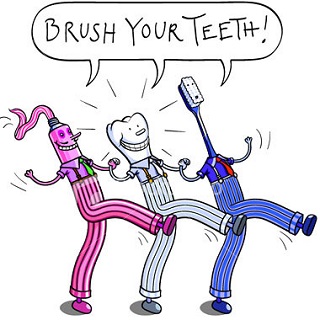From Guest Blogger Dixie Somers: Five Innovations in Green Dentistry

Digital Radiography
Traditional dentistry called for the use of physical radiographic films taken in huge rooms with the use of lead and silver that are disseminated into the surroundings. However, green dentists use digital radiography instead to reduce these chemicals and to decrease the amount of physical space needed to store these films. Today’s digital X-rays are also far superior to traditional X-rays.
Adhesion Dentistry
When repairing teeth and using fillings, the traditional dentist turned to silver amalgam fillings. Not only were these fillings an eyesore for in your mouth, but they also produced plenty of chemical waste. Green dentists choose to use safer materials, such as composites or porcelain, which not only look better for you but also decrease the chance of heavy metal waste making it into the water.
Fewer Chemicals
While chemical and heavy metal use in the mouth has decreased, chemical use throughout the dentist’s office is also changing. Green dentists try to use biodegradable sanitizers for hard surfaces and choose steam sterilization over chemical sterilization for metal tools. This keeps the air and the water supply clean.
Instead of using paper gowns and napkins, green dentists choose reusable linens that can be thoroughly sanitized with hot water and steam. Headrest covers and other supplies are often washed and dried in energy-star rated appliances.
Innovations at the Reception Desk
The green dentist ensures that it is more than the examination rooms that are environmentally friendly. Key changes at the reception desk and throughout the office will save money, paper, electricity, water and waste. For example, these offices routinely recycle paper and other materials, use water sparingly, use motion sensors on CFL lights and store patient records on computers rather than in paper files.
Keep in mind that there is a spectrum of green practices that your dentist may embrace. Some dentists may be “light” green while others may be “dark” green and highly environmentally aware. Choose the dentist with whom you feel the most comfortable and who practices safe and effective techniques that are backed by science.

I have a few very olde Ag Hg amalgam fillings. They seem to last longer than the more modern materials.
As for X-rays, digital methods have almost replaced film just as they have for photography. I doubt that environmental awareness has much to do with it. Eliminating the need to process film makes digital methods much more convenient.